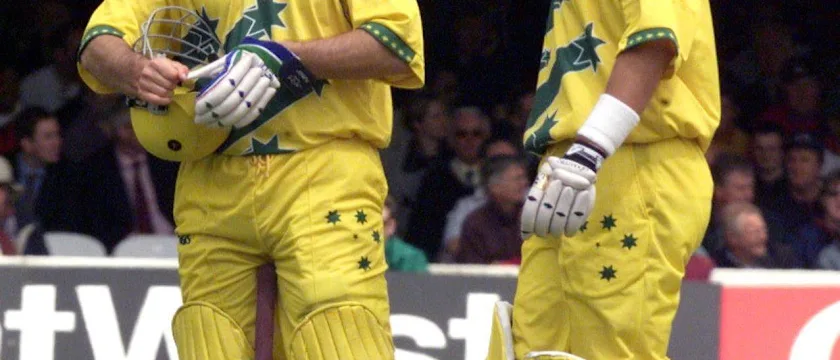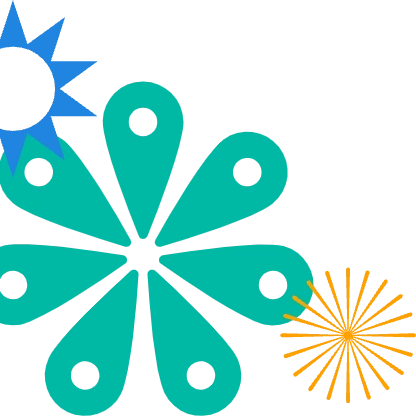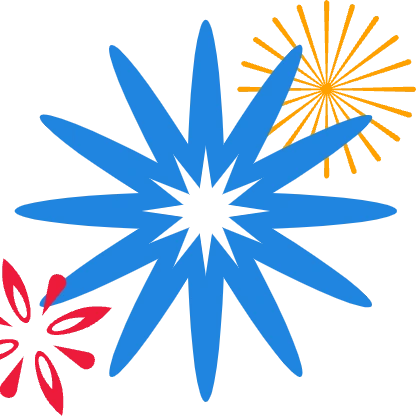Brothers in Arms: Australia

In this series, we look at the unique list of brothers who have immortalised themselves in ICC Cricket World Cup history.
The Chappell brothers: Ian (1975), Greg (1975) and Trevor (1983)
As one of Australia’s most famous sporting families, the Chappell’s epitomised the talented and uncompromising style of Australian cricket in the 1970s and early 1980s.
As captain and vice-captain, older brothers Ian and Greg led Australia in the first ever ICC Cricket World Cup in 1975.
After making the semi-finals with wins over Sri Lanka and Pakistan, the Chappell brothers masterminded a four-wicket win over England to set up a final showdown with the mighty West Indies.
Chasing 292 to win and lift the very first World Cup trophy, both brothers were run out by Sir Vivian Richards in the tense chase as Australia fell 17 runs short of victory.
It was another eight years before a Chappell would again feature at a World Cup – this time it was youngest brother Trevor, in 1983.
Although Ian and Greg had been thought to be stronger players, it was Trevor who produced the best ICC Cricket World Cup performance by a Chappell during that 1983 tournament.
Opening the batting against eventual champion India, Trevor blasted 110 runs as Australia won by a thumping 162 runs.
Unfortunately that was the highlight of Australia’s 1983 campaign as it was bundled out after the pool stage and made to wait another four years to taste ICC Cricket World Cup glory.
The Lee brothers: Shane (1996, 1999) and Brett (2003 and 2011)
Although the blonde-haired brothers from Wollongong played in two tournaments each, their ICC Cricket World Cup results were contrasting.
Older brother Shane played just four matches across the 1996 and 1999 tournaments, taking one wicket with the ball and scoring 11 runs with the bat.
On the other hand, Brett tore through batting lineups in the 2003 and 2011 tournaments to finish with 35 wickets at an average of 17.97 from 17 matches.
However, both brothers are ICC Cricket World Cup winners, with Shane being a part of the 1999 winning squad and Brett playing a key role in Australia’s 2003 success, with two wickets in the final against India.
The Waugh brothers: Steve (1987, 1992, 1996, 1999) and Mark (1992, 1996, 1999)
Appearing in seven ICC Cricket World Cups between them, the Waugh’s will go down as one of the greatest brother combinations in the tournament’s history.
Steve made his tournament debut in Australia’s successful 1987 campaign where he played a key role in the final against England by taking two wickets.
Together, the twin brothers experienced heartache in 1992 and 1996. After missing out on the semi-finals in 1992, they came agonisngly close to glory in 1996 until a rampant Sri Lanka denied them in the final.
The 1999 tournament was a memorable one for the twins, with Steve captaining Australia to its second ever title and Mark seeing the side home in the final with an unbeaten 37.
A true measure of the Waugh’s impact in the ICC Cricket World Cup lies in their remarkable tournament records. Mark amassed 1004 runs at 52.84 from 22 games, while Steve scored 978 runs at 48.90 and picked up 27 wickets from 33 games.
The Hussey Brothers: Michael (2007, 2011) and David (2011)
At their peak, the Hussey brothers were two of the finest ODI batsmen in the world. Both were pure strikers of the ball, quick between the wickets and able to pick gaps at will.
The pinnacle for the Hussey family came in 2007 when Michael was part of Australia’s successful campaign. Batting at number six or seven, Michael was not required to bat in either the semi-final against South Africa or final against Sri Lanka due to Australia’s dominance with the bat.
In 2011, the brothers combined in Australia’s ill-fated campaign.
Despite only having limited opportunities, David impressed with a tournament average of 52 from his two bats and also snared two wickets with his quick off-spinners.

